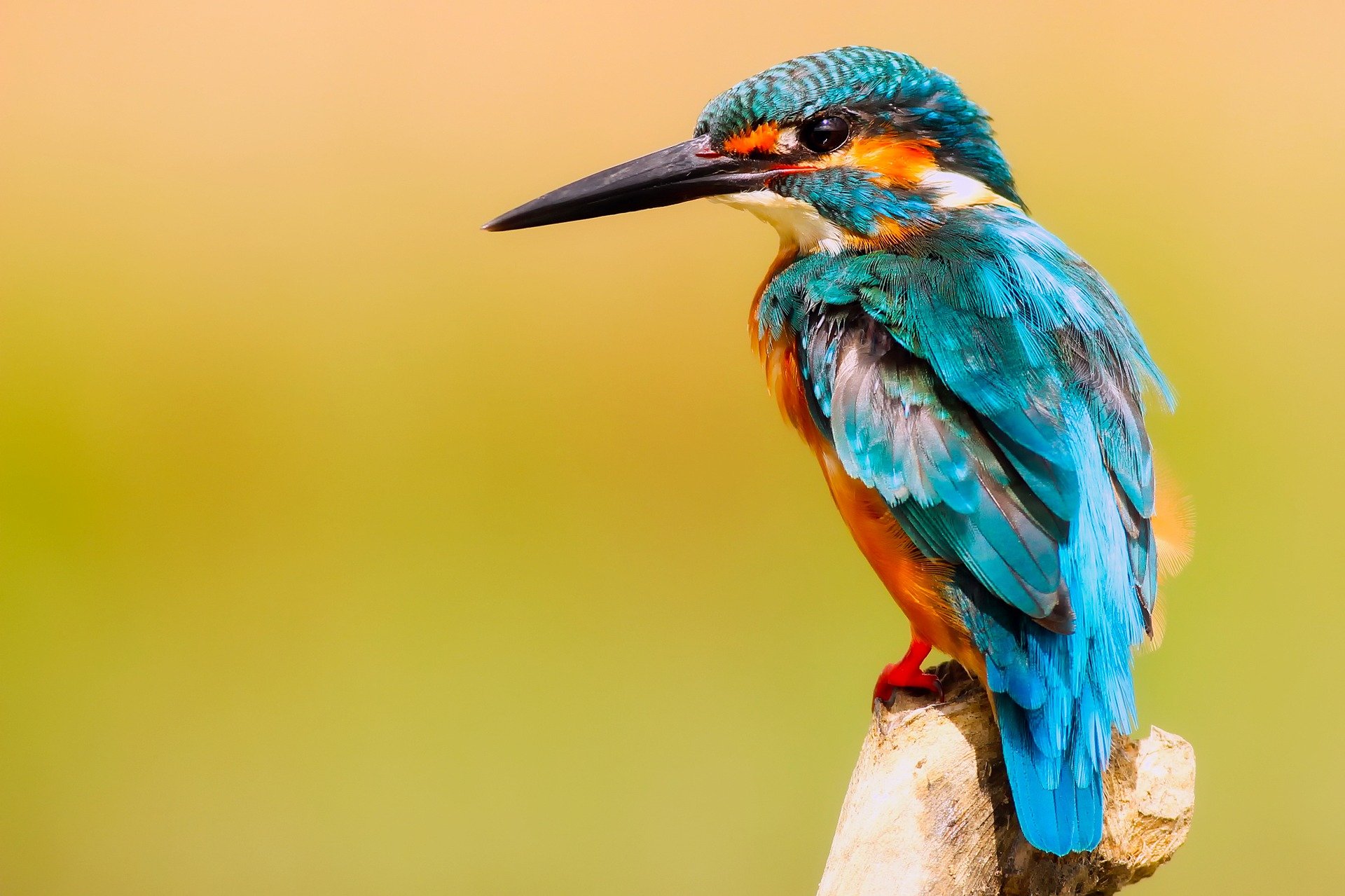Nearly one-third of hospital-admitted Australian birds have chlamydia, which includes new strains of some infections. This finding raises concerns about danger within other animals, including humans. Human chlamydia is caused by a bacterium called Trachomatis. Birds can be affected by a similar strain called Chlamydia psittaci, which causes the flu-like illness and spreads to those who come in close contact with the birds.
C. psittaci is found in more than 460 bird species worldwide, but little is known about the spread of Chlamydia in Australian birds. To investigate, Martina Zelognik and her colleagues at the University of the Sunshine Coast in Queensland, Australia examined 564 birds of 107 species, which were admitted to the Wildlife Hospital in Beerwah, Queensland.
Most birds were allowed to be attacked by cars or by cats or dogs. About a quarter of them were brought in because they were unwell.
In total, 29 percent of the birds, including kookaburras, cockatoos, and lorikeets, tested positive to chlamydia. Some were infected with C. psittaci, some with Chlamydia pecorum – a strain that typically affects koalas, and none with human C. trachomatis. Three strains not previously seen in Australia – Chlamydia abortus, Chlamydia ibidis and Chlamydia pneumoniae – were also detected in the birds, as were three strains that are entirely new to science.
There is already some information that C. psittaci is transmitted from Australian birds to humans. In one case, 16 people in Pride, Victoria, were infected with bacteria by exposing bird droppings while working in the garden and one died. In another case, a museum worker in South Australia contracted the disease during the extraction of an infected Rosella branch and ended up in intensive care with pneumonia.
At this point, Zhelognik says it is unclear whether the three novel strains of chlamydia found will affect people or what the health consequences will be. “We’re really scratching the surface,” he says. As a result, Australian birds need to be closely monitored, and those handling them should wear gloves and other safety equipment to avoid dangerous leaks, Gelognik says.
“We have a big task ahead of us – in addition to birds, we need to look at other potential hosts, such as Australian wildlife and livestock because we all share the same habitat, so there is a risk of cross-breeding,” he says.

